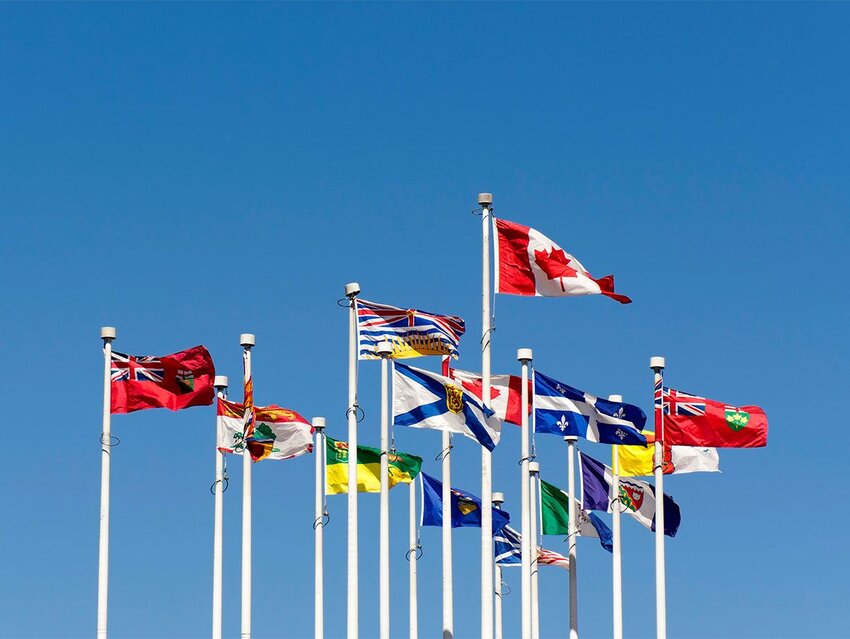World travelers know that a name of a place is not always just one thing — in fact, it almost never is. For example, English speakers refer to the country of Germany, but Germans call their nation Deutschland. In this example, Deutschland is the “endonym,” which is the place name used by the group of people who live in that place, and Germany is an “exonym,” a place name used by nonresidents (and there can be many exonyms). Endonyms and exonyms abound in all languages — to cite another example, what English speakers know as “Algeria,” locals call Dzayer.
There are three main reasons for this. The first is historical — many times, explorers who colonized foreign lands were unaware or simply unmindful of local names for the region. Another stems from the issue of pronunciation — foreigners would spell the word as it sounded for them, rather than how it was spelled by the native speakers of the language. This is how “Croatia” came from Hrvatska, for example. And finally, it has to do with geography — if a particular geographical feature extends over more than one country, each nation might call it by a different name in their own language.
Which brings us to language names. Many modern language names mirror a current endonym or exonym (such as France/French/Le français), but there are always exceptions. Let’s take a closer look at the etymological roots of the language names that don’t match up to current country names.
Berber
Berber is spoken in the North African and Middle Eastern countries Algeria, Bahrain, Libya, Morocco, and Tunisia. While it is technically a family of languages in the Afro-Asiatic language phylum, they’ve been referred to as a single language in the past, particularly in the time of French colonialism. Major Berber languages include Tachelhit, Tarifit, Kabyle, Tamazight, and Tamahaq. The word “Berber” started as an exonym — it comes from the Greek word barbaroi, which mocked the sounds of the local dialects by naming them something along the lines of “blah-blah.”
Sanskrit
Sanskrit is one of the earliest-recorded languages, and is still spoken in modern-day India (which is Bharat to locals). The name “Sanskrit” comes from a word in the language — saṃskṛta, which means “adorned, cultivated, purified.” It’s an Old Indo-Aryan language representing dialects from the northern midlands of the Indian subcontinent around 1500 BCE.
Afrikaans
Afrikaans (also referred to as Cape Dutch) is spoken in South Africa and Namibia. It comes from the Dutch word Afrikaansch, and it literally means “Africanish.” It’s a West Germanic language developed from 17th-century Dutch, by the descendants of white European colonists, Indigenous Khoisan peoples, and enslaved Africans and Asians. While it’s very similar to spoken Dutch, it’s a distinct language and differs from standard Dutch in many ways.
Dutch
Dutch is spoken in the Netherlands, although Dutch people call the language Nederlands, or more informally, Hollands. English speakers call the language of Belgium “Flemish,” but it’s actually the same language as Dutch. It’s a West Germanic language with a name that comes from the same etymological roots as Deutsch, owing to how similar it is to the German language — the word’s etymology includes “German, non-Scandinavian continental Germanic.” The spoken Dutch language has multiple dialects for different spaces and geographic places.
Swahili
Swahili is spoken on much of the eastern coast of Africa, an area extending from Kenya in the north to Tanzania in the south. Bantu is a group of 500 languages belonging to the Bantoid subgroup of the Benue-Congo branch of the Niger-Congo language family. It’s greatly influenced by Arabic — “Swahili” literally means “coast-dwellers” in Arabic (sawahil) — and is used as the lingua franca (“a language that is adopted as a common language between speakers whose native languages are different”) in Tanzania, Kenya, Congo, and Uganda.
Featured image credit: lilly3/ iStock

